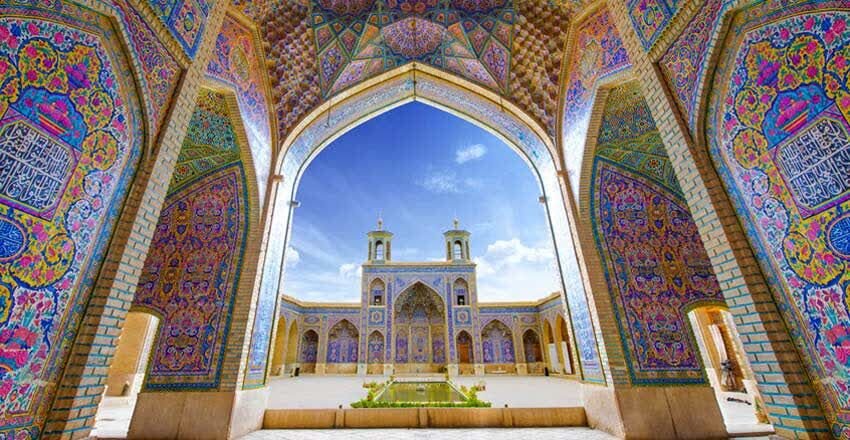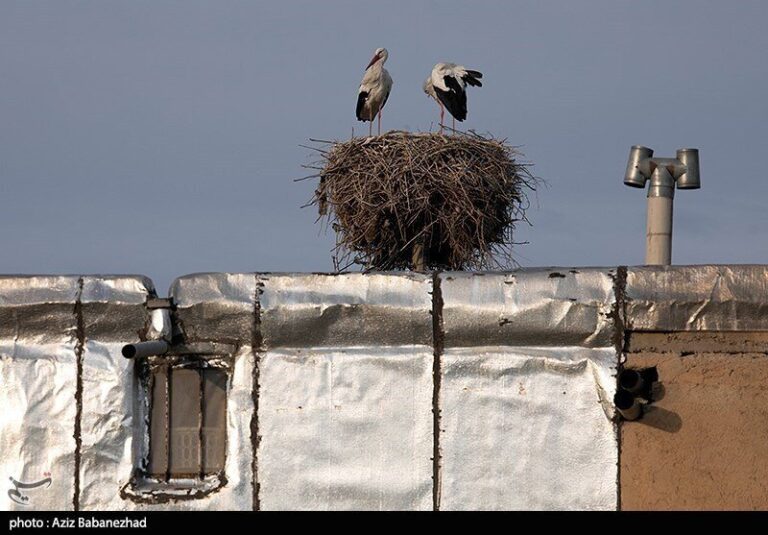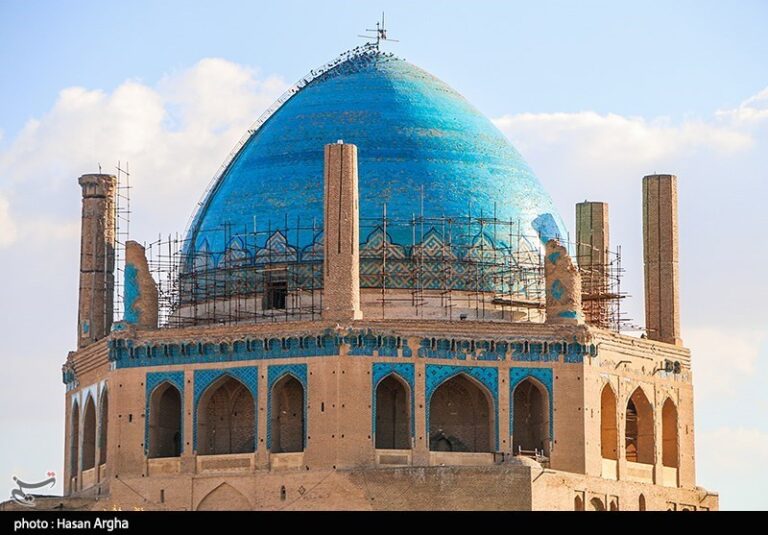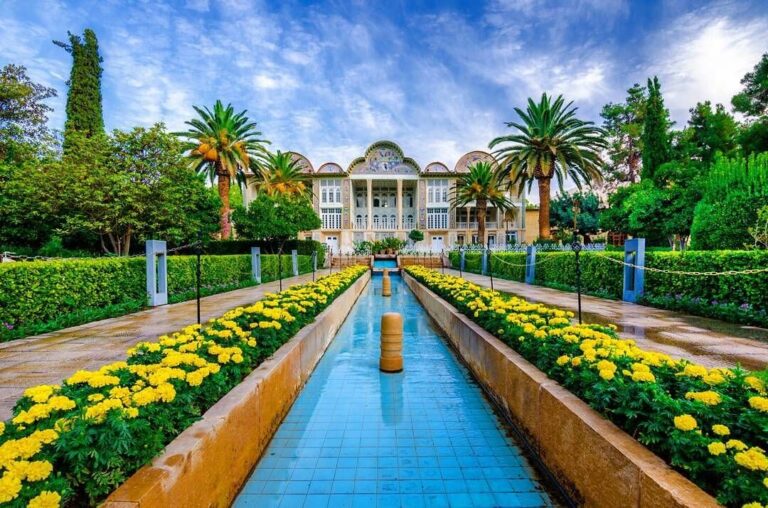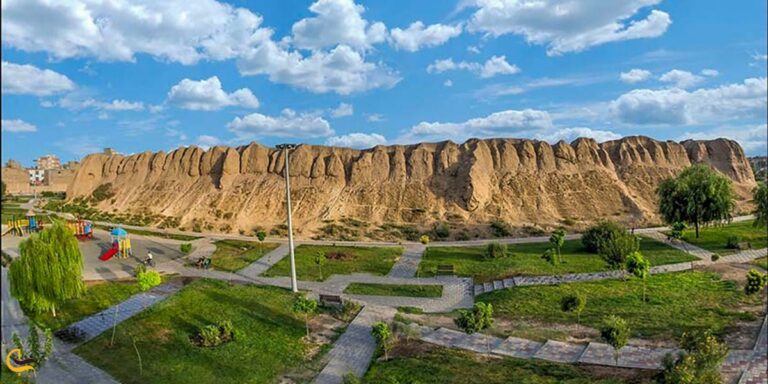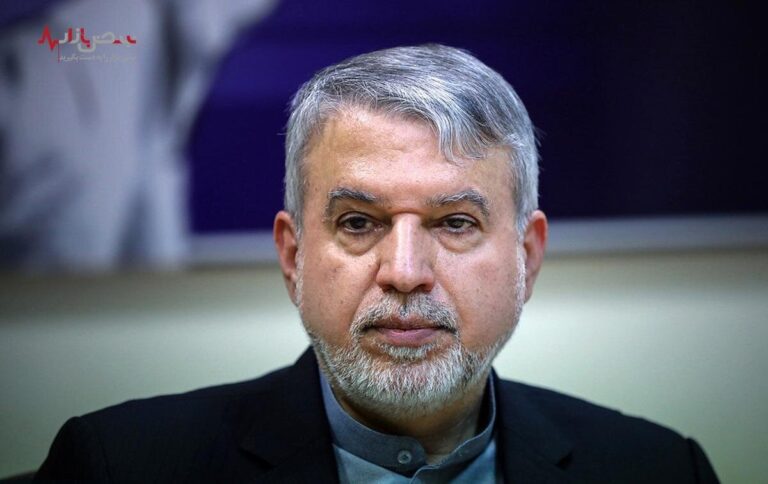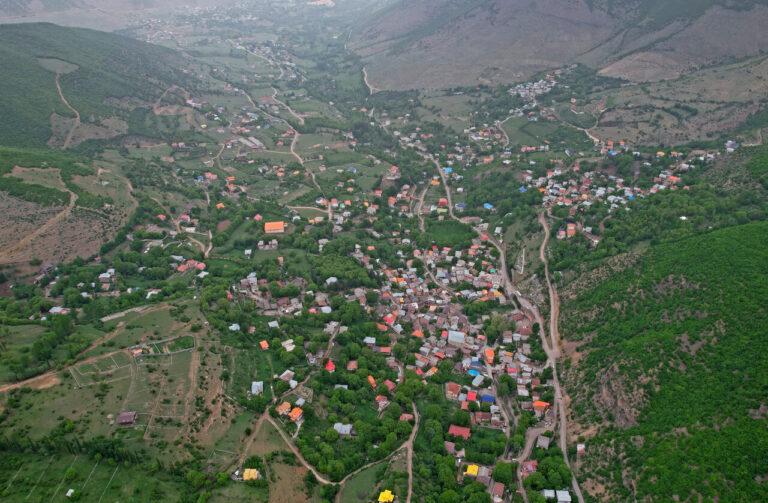Shiraz Welcomes Global Experts for Historic Mosques’ World Heritage Nomination Meeting
Shiraz recently hosted an engaging two-day expert meeting focused on the potential nomination of historic mosques from 26 Iranian provinces for UNESCO World Heritage status. This significant event aimed to refine the selection of mosques that could be proposed as a serial property for UNESCO recognition, highlighting the importance of preserving Iran’s rich architectural heritage.
The meeting commenced on Sunday and gathered a diverse group of participants, including cultural heritage specialists, provincial heritage directors, and officials from the Ministry of Cultural Heritage, Tourism, and Handicrafts. According to Mohammad Sabet-Eqlidi, the tourism chief of Fars province, the specialized consultative meeting was organized under the framework of the UNESCO World Heritage Convention.
Sabet-Eqlidi emphasized the profound cultural and religious significance of Iranian mosques at both national and international levels. He stated, “Mosques are not only vital elements of Iran’s architectural heritage but also symbols of identity and faith.” This highlights the crucial role these meetings play in identifying and preparing the most eligible sites for inclusion in the UNESCO World Heritage List.
Among the mosques submitted for consideration from Fars province are:
- Moshir Mosque
- Vakil Mosque
- Nasir al-Mulk Mosque
- Jameh Atiq Mosque
- Neyriz Mosque
- Darab Mosque
- Masjed-e Sangi in Darab
“These mosques represent various architectural styles and historical periods, showcasing the artistic and cultural evolution of mosque construction in Iran,” Sabet-Eqlidi added. This statement underscores the diverse architectural heritage that these mosques embody.
The meeting marks a pivotal step in advancing Iran’s efforts to secure UNESCO recognition for its architectural heritage. This initiative is instrumental in ensuring the preservation and global appreciation of these historical religious landmarks. The diverse architectural styles of Iranian mosques reflect regional variations, characterized by intricate geometric designs, vibrant colors, and symbolic motifs that enhance their aesthetic appeal.
Each mosque, or “masjed,” serves not only as a place of worship but also as a cultural landmark, illustrating the rich heritage of Islamic art and architecture in Iran. Their architectural designs often tell stories of the past and represent the artistic ingenuity of various historical periods.
This initiative follows the successful registration of 54 caravanserais in Iran at the 45th session of the UNESCO World Heritage Committee last year. Other serial properties, such as Persian Gardens and Persian Qanats, have also been recognized, highlighting the country’s ongoing efforts to preserve and promote its cultural heritage on a global stage.
In addition to the mosques listed, Iran boasts numerous other historical sites that reflect its rich cultural tapestry. The nomination of these mosques to UNESCO would not only protect these structures but also foster a greater understanding and appreciation of Iran’s diverse cultural heritage.
As the meeting concluded, participants expressed optimism about the future of these historic mosques and their potential to be included in the prestigious UNESCO World Heritage List. The collective effort of experts and officials signifies a strong commitment to preserving Iran’s architectural legacy for future generations.
In conclusion, the Shiraz meeting represents a crucial step in the ongoing journey toward recognizing and safeguarding Iran’s unique architectural heritage. By advocating for the inclusion of these significant mosques, Iran aims to share its rich history and cultural significance with the world, ensuring that these architectural gems are celebrated and preserved for years to come.
As the world becomes increasingly interconnected, initiatives like these play a vital role in fostering cultural exchange and understanding. The recognition of these mosques by UNESCO would not only enhance Iran’s international standing but also contribute to a broader appreciation of Islamic architecture and heritage globally.
